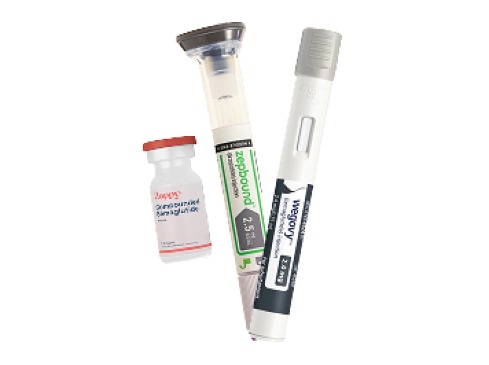Strength Training & Recovery: A Comprehensive Guide for Fitness Enthusiasts

Training Strategies for Building Strength
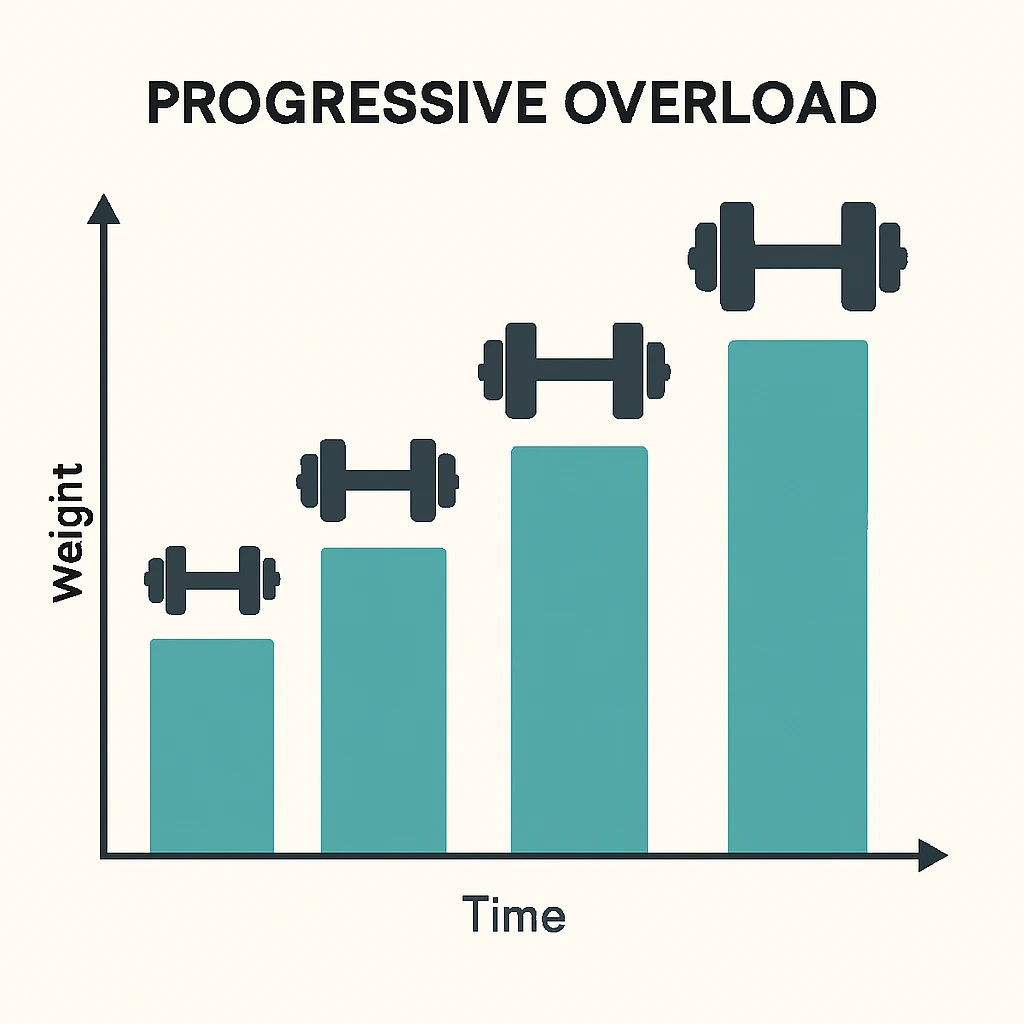
Building strength involves more than brute effort. It requires structured training principles and consistency. Below we cover foundational strategies:
Progressive Overload: Gradually Challenge Your Muscles
Progressive overload is the cornerstone of strength training. It means steadily increasing the challenge on your muscles over time – by adding weight, reps, or training volume as you get stronger. For example, if you comfortably squat 100 lbs for 3 sets of 8, you might increase to ~105 lbs the next session. Research-backed guidelines suggest that when you can perform a bit more than your target (say 1-2 extra reps), you up the weight by about 2–10%. This gradual increase ensures your muscles constantly adapt to greater stress, leading to strength gains.
Key tips for progressive overload include:
- Track Your Workouts: Keep a log of weights, sets, and reps. Small improvements add up.
- One Variable at a Time: Increase weight or reps, not all variables at once, to avoid burnout or injury.
- Deload Periodically: After weeks of progression, take a lighter week to let your body consolidate gains.
Compound Movements First, Isolation Later
Not all exercises are equal for building strength. Compound exercises (like squats, deadlifts, bench presses, pull-ups) engage multiple muscle groups and joints at once, giving you more “bang for your buck.” They not only build overall strength but also improve coordination and core stability.
To maximize strength sessions:
- Prioritize Big Lifts: Start your workout with heavy compound lifts when you’re freshest (e.g., squat before leg extension, bench press before tricep pushdowns).
- Isolation for Weak Links: Follow up with isolation exercises (curls, leg curls, etc.) to target and strengthen specific muscles that might be lagging.
- Proper Form is Key: Quality of movement beats quantity of weight. Master the form on compound lifts to avoid injury and recruit the right muscles.
Evidence-based sequencing recommends doing large muscle group exercises and multi-joint lifts before smaller muscle, single-joint moves to preserve intensity. In practice, that might mean doing pull-ups or bent-over rows before bicep curls, or lunges before calf raises.
Optimal Training Frequency and Volume
How often should you train for strength? Consistency is crucial, but so is allowing recovery for muscles to grow (more on recovery later). The American College of Sports Medicine (ACSM) suggests training each major muscle group about 2–3 times per week for beginners, increasing to 3–4 times/week for intermediate, and 4–5 times/week for advanced lifters. This doesn’t mean maxing out daily – instead, split your workouts (upper/lower body days, or push/pull/legs splits) to distribute volume.
General recommendations for strength training volume and frequency:
- Beginner: Full-body workouts 2–3x/week (allow at least 48 hours before working the same muscle again).
- Intermediate: Splits or full-body 3–4x/week, higher volume per muscle group across the week.
- Advanced: 4–5x/week, often with periodization (planned cycles of varying intensity) to manage fatigue.
Each muscle typically needs ~10–20 sets per week (spread over sessions) for optimal growth and strength, depending on individual recovery. Listen to your body; more is not always better if recovery falls behind.
Periodization: Plan for Progress and Recovery
Periodization is a fancy term for cycling your training intensity and volume over time. Instead of going all-out every session, periodization structures your workouts into phases (for example, a few weeks of heavier low-rep training followed by a week of lighter high-rep work). This approach helps prevent plateaus and overtraining.
A classic model is:
- Hypertrophy Phase (Higher Volume): 6–12 reps, moderate weight – builds muscle size and work capacity.
- Strength Phase (High Intensity): 4–6 reps, heavy weight – maximizes neural strength adaptations.
- Deload/Recovery Phase: 1 week of reduced intensity – allows recovery and adaptation.
Repeat with slightly higher weights or different exercises the next cycle.
Studies show that varying rep ranges and loads in a periodized fashion is effective for both strength and muscle gains. The take-home message: plan cycles of training to push hard, then back off briefly to come back stronger.
Don’t Forget Warm-ups and Mobility
Before jumping into heavy lifting, do a proper warm-up. 5–10 minutes of light cardio (jog, cycle) plus dynamic stretches or light versions of your lifts (e.g., bodyweight squats) will increase blood flow to muscles and improve performance. Warm muscles can produce more force and are less prone to injury. Similarly, dedicating time to flexibility or mobility exercises can help maintain joint health and posture as you get stronger. Consider adding a short cool-down after training (light stretching or foam rolling) to start the recovery process (more on foam rolling in recovery section).
Recovery: The Other Half of the Strength Equation
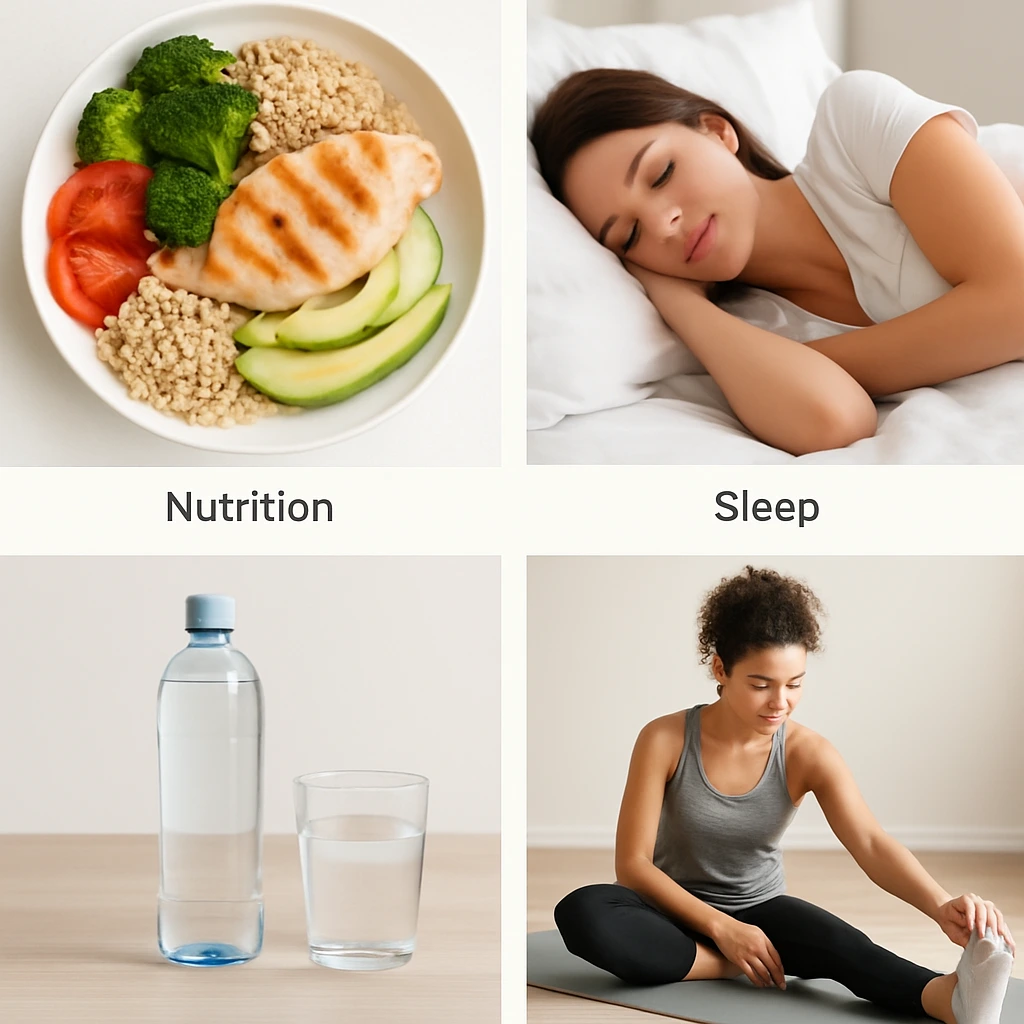
Stimulus (training) is only half of the growth equation – the other half is recovery. Muscles don’t get stronger in the gym; they get stronger between sessions when they repair and adapt. Here we explore crucial recovery methods, from nutrition and sleep to active recovery techniques.
Nutrition for Strength and Recovery
“You can’t out-train a bad diet” may be a cliché, but it holds true. To build strength, your muscles need raw materials and energy:
- Protein – the Building Blocks: Adequate protein intake is vital to repair muscle fibers and promote growth. Scientific consensus suggests around 1.2–1.6 grams of protein per kilogram of body weight per day is optimal for most people aiming to build muscle [medicalnewstoday.com]. For a 75 kg (165 lb) person, that’s roughly 90–120 grams of protein daily. Spreading protein across meals (20–40g each) maximizes muscle protein synthesis. Going beyond ~1.6 g/kg likely has diminishing returns for muscle gain.
- Carbohydrates – Fuel and Recovery: Carbs often get a bad rap, but they’re the primary fuel for intense workouts. They replenish muscle glycogen (energy stores) and trigger insulin, which helps shuttle nutrients into muscles. After a hard session, consuming carbs with protein can enhance recovery.
- Healthy Fats: Don’t neglect fats – they support hormone production (like testosterone, important for muscle) and provide calorie density. Focus on unsaturated fats (nuts, olive oil, avocados, fatty fish) for overall health.
- Hydration: Water is critical for every recovery process in the body, including nutrient transport and muscle function. Dehydration can impair strength and delay recovery. Aim to drink water regularly throughout the day; your exact needs vary, but a good rule is checking that your urine is light in color as a sign of good hydration.
- Micronutrients: Vitamins and minerals (like Vitamin D, magnesium, zinc) play roles in muscle function and recovery. A balanced diet with plenty of vegetables, fruits, and whole foods usually covers these. If you’re on a calorie-restricted diet, consider a multivitamin or specific supplementation based on a doctor’s advice.
In short, eat to fuel your performance and recovery. Think of protein as repair bricks, carbs as energy fuel, and fats as support systems for hormonal health. A well-fed body recovers faster and builds strength more effectively.
Sleep: The Unsung Hero of Recovery
Never underestimate the power of a good night’s sleep. Sleep is when your body releases a surge of growth hormone and carries out repairs on muscle tissue. Deep sleep (slow-wave sleep) in particular is associated with muscle recovery and cellular repair.
Some benefits of prioritizing sleep:
- Muscle Repair and Growth: During sleep, protein synthesis rates are elevated and stress hormones like cortisol dip, creating an ideal environment for muscle recovery.
- Hormonal Balance: As noted, human growth hormone (hGH) is released mostly during deep sleep. Sleep loss can disrupt this rhythm and reduce anabolic hormone levels while increasing catabolic hormones.
- Performance and Strength: Adequate sleep improves focus, reaction time, and strength output in subsequent workouts. Conversely, sleep deprivation can reduce strength, power, and even impair muscle recovery by increasing protein breakdown (leading to muscle atrophy risk).
- Inflammation Control: Chronic lack of sleep heightens inflammation and slows down healing of muscles and tendons.
Aim for 7–9 hours of quality sleep per night. Tips to improve sleep for recovery include establishing a consistent sleep schedule, creating a dark cool bedroom environment, and limiting screens/caffeine before bed. If you have a heavy training block, even short naps or simply lying down can aid recovery. Remember, sleep is a free performance booster– use it!
Active Recovery and Rest Days
While rest is critical, rest doesn’t always mean complete inactivity. Active recovery involves light, gentle movement that promotes blood flow without adding stress. This can include:
- Light Cardio: Easy cycling, walking, or swimming on off-days. This helps circulate nutrients and remove waste products from muscles (like lactate). Studies show active recovery can speed up lactate clearance compared to complete rest.
- Stretching and Mobility Work: Gentle stretching or yoga can relieve muscle tightness, improve range of motion, and relax the body and mind.
- Foam Rolling & Self-Massage: Using a foam roller or massage ball on sore muscles can reduce muscle soreness and improve flexibility. Research indicates foam rolling after intense exercise can reduce delayed-onset muscle soreness (DOMS) and even improve subsequent workout performance. A meta-analysis found post-exercise foam rolling reduced muscle pain perception by about 6% and slightly improved sprint and strength performance in the days after a workout. In practical terms, spending 10-15 minutes with a foam roller on major muscle groups can help you feel less sore and more mobile for your next training session.
Rest days are not lazy days – they are when your muscles actually recover and strengthen. Schedule at least 1-2 rest or active recovery days per week. If you train very hard, occasionally take a full weekend off or a lighter “deload week” every 6-8 weeks. You’ll likely come back stronger and fresher.
Listen to Your Body
Recovery is highly individual. Pay attention to signs of overtraining or under-recovery: persistent muscle soreness, drop in performance, excessive fatigue, poor sleep, or lack of motivation. These signals mean you might need extra rest, more sleep, or better nutrition. It’s better to take a strategic rest than to push through and risk injury or burnout.
Incorporate stress management as part of recovery too. Mental stress can elevate cortisol and impede muscle recovery. Practices like meditation, deep breathing, or simply relaxing with a hobby can aid your body’s recovery by keeping stress in check.
Peptides for Recovery
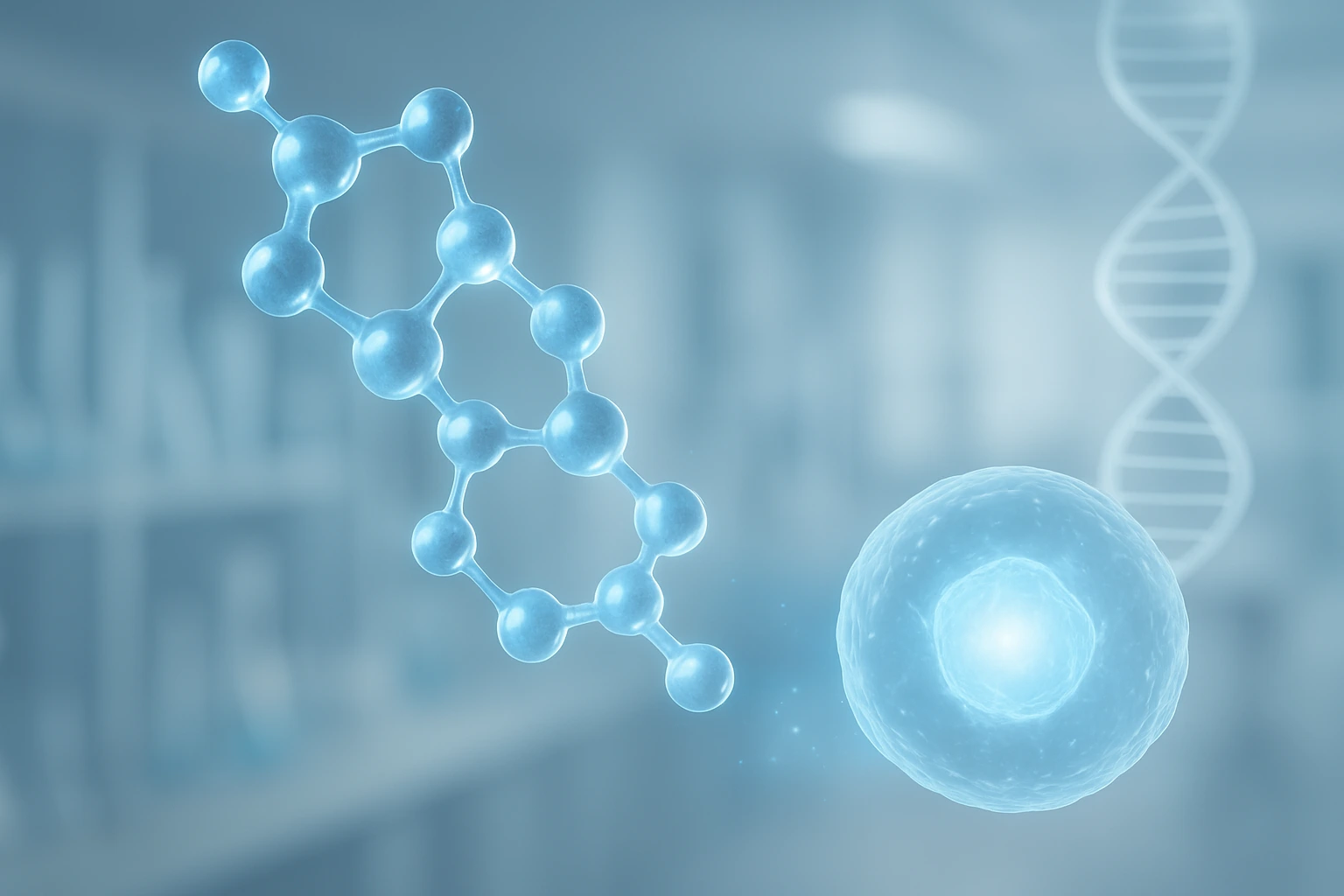
While experimental peptides like BPC-157 and TB-500 are still undergoing study, there are more established therapies that support recovery and longevity. At Zappy, we offer the following peptides, which have demonstrated safety profiles and important roles in supporting recovery:
Sermorelin
Sermorelin is a bioidentical peptide that stimulates the body’s natural production of growth hormone (GH) through the hypothalamus and pituitary gland. Unlike synthetic growth hormone administration, Sermorelin promotes the body’s own regulated release of GH. Growth hormone plays a critical role in:
- Muscle recovery and repair
- Bone density and joint health
- Sleep quality and energy levels
Several studies suggest that Sermorelin may improve tissue repair and lean muscle retention as we age. Because it enhances natural pathways, it’s generally considered safer and more physiologic than direct HGH injections.
NAD+
NAD+ (Nicotinamide Adenine Dinucleotide) is a coenzyme present in all living cells. It’s essential for cellular energy production (ATP synthesis), DNA repair, and cellular resilience under stress. As we age, NAD+ levels decline, which can impair muscle recovery, fatigue resistance, and overall vitality. NAD+ supplementation (either through infusions, injections, or precursors like NMN) may:
- Support mitochondrial energy production
- Enhance muscle endurance and recovery
- Reduce oxidative stress and inflammation after workouts
Recent studies have shown that restoring NAD+ levels may even protect against muscle degeneration and improve skeletal muscle function.
Glutathione
Often called the body’s “master antioxidant,” glutathione protects cells from oxidative stress and free radical damage – processes that are accelerated after intense training. Supporting glutathione levels may:
- Speed muscle recovery
- Reduce post-exercise inflammation
- Support immune resilience during heavy training cycles
Supplementation through glutathione infusions or injections can replenish depleted stores, especially in athletes under chronic physical stress.
Together, Sermorelin, NAD+, and Glutathione offer supportive, well-tolerated ways to enhance your strength journey, recover faster, and protect your long-term health.
We recommend discussing your training goals with our team at Zappy to determine if these therapies may be appropriate for your personal plan.
Other Peptides for Recovery: Emerging Aids (Use Caution)
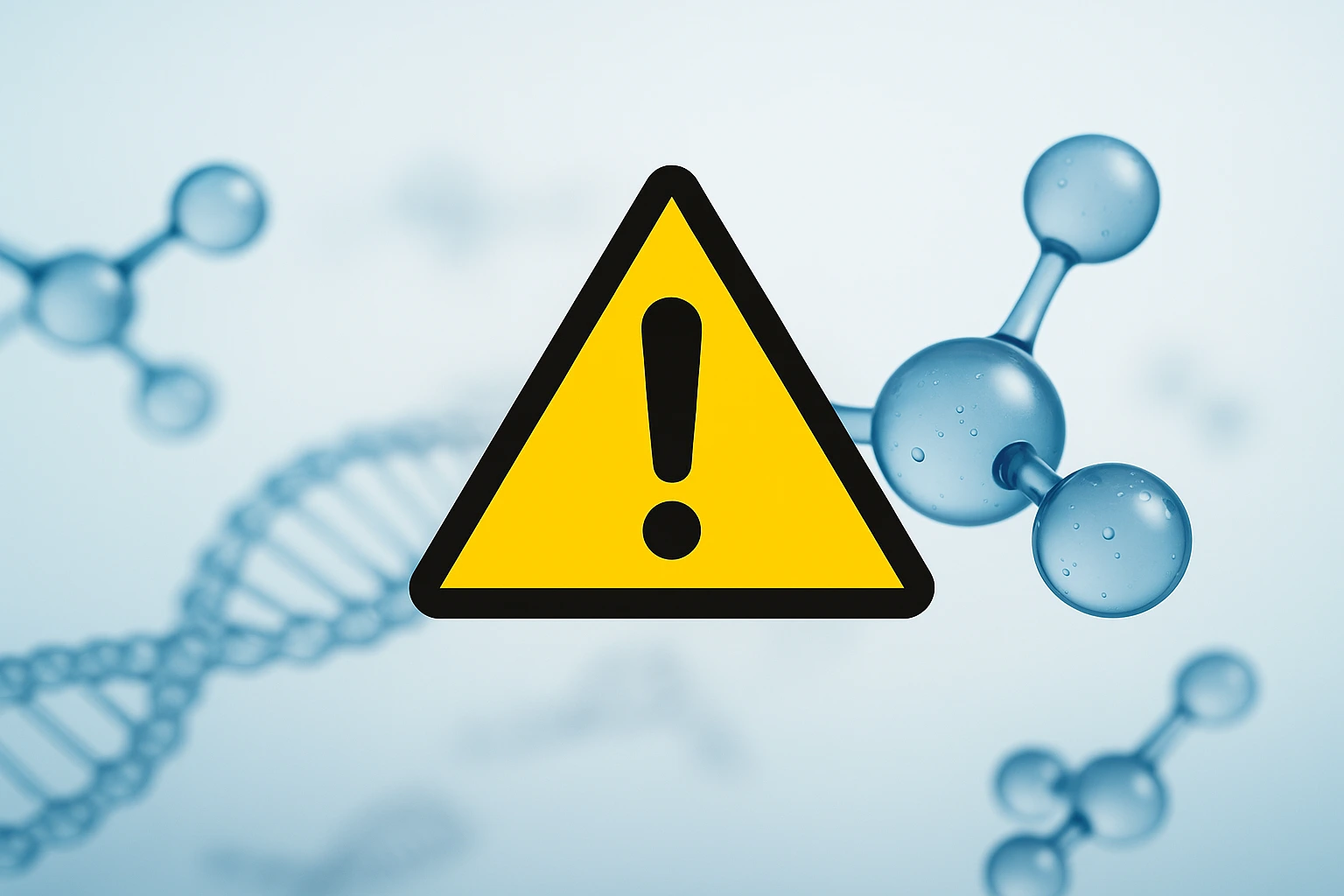
Lately, there’s buzz in fitness circles about certain peptides that could enhance recovery or healing – specifically BPC-157 and TB-500. These are experimental compounds, not mainstream supplements, so we’ll discuss them cautiously and backed by what science currently says.
BPC-157: “Body Protection Compound”
What is BPC-157?
It’s a peptide (a short protein fragment) originally derived from a protein in human gastric juice. BPC-157 is sometimes dubbed “Body Protection Compound” for its potential healing properties. In animal studies, BPC-157 has shown impressive healing effects on various tissues – tendons, ligaments, muscle, and bone – even aiding recovery from injuries that normally heal poorly. For example, research on rats found BPC-157 injections significantly sped up muscle tear healing and tendon damage, possibly by promoting blood vessel formation (angiogenesis) and triggering growth factors.
These findings hint at a powerful recovery boost:
- Tissue Healing: Accelerated repair of muscle fibers, tendon-to-bone healing, and ligament recovery in animal models.
- Anti-Inflammatory: BPC-157 may reduce inflammation in injured tissues, creating a more favorable healing environment.
- Blood Flow Improvement: It appears to help restore blood flow in ischemic (oxygen-deprived) muscle by fostering new blood vessels.
However – and this is crucial – all this evidence is largely preclinical (animal studies). There is a lack of robust human clinical trials confirming these benefits in people. Enthusiasts sometimes obtain BPC-157 as a research chemical for self-use (oral or injection), but this is not without risks.
Safety and Legal Status:
BPC-157 is not approved by the FDA or any major health authority for human use. That means it hasn’t passed clinical trials for safety/effectiveness. The U.S. Anti-Doping Agency has also warned athletes about BPC-157, noting it’s not approved for human clinical use anywhere and could carry health risks [usada.org].
- Unknown side effects (short or long-term). There’s concern about everything from injection site reactions to systemic effects, and even unknown cancer risks since we don’t have long-term data.
- Quality control issues: Products sold online may be of dubious purity or dosed inaccurately due to lack of regulation.
- Sports doping violation: BPC-157 is banned in competitive sports by WADA. Testing positive could lead to sanctions.
Bottom Line on BPC-157:
It’s a promising compound in research settings for healing, but without solid human studies, we don’t truly know if it’s effective or safe in people. Many doctors advise against using unapproved peptides due to these uncertainties. If you’re curious about BPC-157, have an open dialogue with a medical professional – but be prepared for them to caution you. Never take such peptides without knowledgeable medical supervision.
TB-500 (Thymosin Beta-4 Fragment)
What is TB-500?
TB-500 is essentially a synthetic slice of a natural protein called Thymosin Beta-4. Thymosin Beta-4 is found in our bodies and plays a role in healing and regeneration. TB-500 (the drug name) was developed to capitalize on the part of this protein that aids in tissue repair.
In animal studies, TB-500 has shown potential to:
- Accelerate Wound Healing: Rats treated with thymosin beta-4 had faster wound closure and new blood vessel formation at the injury site.
- Reduce Inflammation: Some evidence suggests it calms excessive inflammation, which can speed healing in tissues.
- Promote Tissue Regeneration: Like BPC-157, it may encourage new blood vessels (angiogenesis) and muscle fiber repair in animal models.
Due to these effects, some bodybuilders or athletes have experimented with TB-500 for muscle injuries or even chronic conditions, hoping for quicker recovery.
Safety and Legal Status:
Much like BPC-157, TB-500 is not FDA-approved for any human medical use. It has primarily been used in veterinary contexts (e.g., racehorses) and research. There are no well-controlled studies of TB-500 in humans for athletic recovery.
- Legality: TB-500 is banned by WADA in sports. Possessing or using it could violate anti-doping rules.
- Quality and Source: Without regulation, any TB-500 you find online could range from pharmaceutical-grade to totally fake or contaminated. Buyer beware.
- Unknown Risks: We don’t fully know TB-500’s side effect profile in people. Theoretical risks include immune system disturbances (since you’re introducing a growth-modulating agent), infection risk from injections, or unintended tissue effects. Users are essentially guinea pigs exposing themselves to unpredictable outcomes.
Bottom Line on TB-500:
It’s an experimental peptide with interesting healing potential in theory, but unproven and not regulated for humans. The risks likely outweigh the unconfirmed benefits for the average fitness enthusiast. Focusing on well-established recovery methods (the ones we discussed earlier) is far safer and usually effective.
Should You Consider Peptides?
For most recreational lifters, probably not at this stage. The idea of a shortcut to super-healing is attractive, but currently the science doesn’t robustly support peptide use for average gym-goers, and there are significant safety and legal concerns. It’s important to be an informed consumer: some anti-aging or sports clinics market these peptides, but remember that anecdotes or testimonials are not the same as solid evidence. If you are considering them, consult a healthcare professional (ideally one knowledgeable in sports medicine) and discuss the legal implications, as well as alternative proven therapies.
In summary, train hard, recover smart, and be cautious about unproven quick fixes.
Bringing It All Together: Train, Recover, Succeed

Building strength is a marathon, not a sprint. By applying sound training principles – progressive overload, compound exercises, proper frequency, and periodization – you provide the stimulus for your muscles to grow stronger. By equally prioritizing recovery – quality nutrition, ample sleep, active recovery, and rest – you give your body the tools and time it needs to adapt and improve. This harmonious cycle of challenge and recovery is where the magic happens.
Keep a positive, motivated mindset. Progress might feel slow at times, but every rep, every good meal, every night of solid sleep is an investment in a stronger you. Celebrate small victories: an extra rep, a slightly easier workout, a day with less soreness than before. These are signs you’re on the right track.
Finally, stay informed and safe. The fitness world is always evolving, and new methods will come and go. It’s great to be curious (like reading about peptides or the latest recovery gadget), but always filter things through a critical lens. Scientific research and professional guidance are your friends. Before trying any new, advanced recovery method or supplement, consider talking to a doctor, coach, or physical therapist. This isn’t just a disclaimer – it’s about personalizing what’s best for you and preventing setbacks.
Call to Action:
Put this knowledge into practice. Plan your next week of workouts and recovery activities mindfully. Challenge yourself in the gym, then truly allow yourself to recover afterwards. If you’re ever unsure about a training plan or recovery technique, don’t hesitate to seek advice from fitness professionals. Your journey is uniquely yours – approach it with both ambition and wisdom.
With the right balance of hard work and smart recovery, you’ll be amazed at how far you can go. Stay strong, stay dedicated, and enjoy the process of becoming a fitter, stronger version of yourself!

